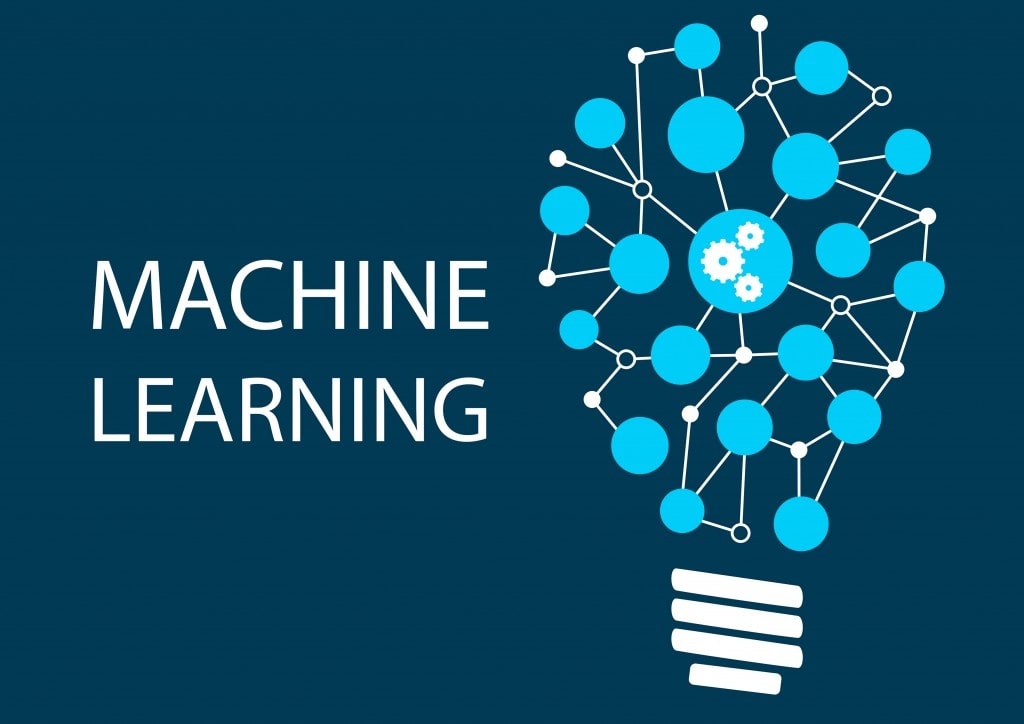Machine Learning
In the realm of artificial intelligence, machine learning stands as a cornerstone technology, powering a myriad of applications across various domains. But have you ever wondered where machine learning learns? In this vast exploration, we embark on a journey to unravel the intricate learning paths of machine learning, delving into the realms of data, algorithms, and human guidance.
Understanding the Learning Terrain:
At its core, machine learning is about learning patterns and making predictions or decisions based on data. Its learning journey traverses through three fundamental terrains:
- Data: The bedrock of machine learning, data is the fuel that powers the learning process. Diverse and high-quality data is essential for training robust models.
- Algorithms: Machine learning algorithms act as the guiding compass, steering the learning process towards optimal solutions. From classic algorithms like linear regression to sophisticated deep learning architectures, the landscape of algorithms is vast and ever-evolving.
- Human Guidance: While machines learn autonomously, human guidance plays a crucial role in shaping and refining the learning journey. Domain expertise, data preprocessing, algorithm selection, and model evaluation are areas where human intervention is indispensable.
Let’s delve deeper into each of these terrains to understand where and how machine learning learns.
- Data: The Cornerstone of Learning Data is the lifeblood of machine learning, serving as the foundation upon which models are built and refined. Here’s where machine learning finds its nourishment:
a. Data Collection: Machine learning algorithms learn from labeled or unlabeled data. Labeled data contains input-output pairs, while unlabeled data lacks explicit annotations. Data collection involves sourcing, cleaning, and preprocessing raw data to make it suitable for model training.
b. Data Representation: Machine learning models operate on numerical data. Hence, categorical and textual data must be encoded into numerical representations through techniques like one-hot encoding, word embeddings, or TF-IDF (Term Frequency-Inverse Document Frequency).
c. Feature Engineering: Feature engineering involves selecting, transforming, and creating meaningful features from raw data. This process enhances the predictive power of models by providing them with relevant information.
d. Data Augmentation: In scenarios with limited data, data augmentation techniques like rotation, translation, or flipping are employed to artificially increase the dataset’s size and diversity.
- Algorithms: Navigating the Learning Landscape Machine learning algorithms serve as the guiding stars, navigating the vast expanse of data to uncover patterns and insights. Here’s where machine learning selects its path:
a. Supervised Learning: In supervised learning, algorithms learn from labeled data, aiming to map input features to corresponding output labels. Common algorithms include linear regression, decision trees, support vector machines, and neural networks.
b. Unsupervised Learning: Unsupervised learning algorithms operate on unlabeled data, identifying patterns and structures within the data. Clustering algorithms like K-means, hierarchical clustering, and dimensionality reduction techniques such as principal component analysis (PCA) and t-distributed stochastic neighbor embedding (t-SNE) fall under this category.
c. Reinforcement Learning: Reinforcement learning involves learning optimal decision-making strategies through interaction with an environment. Algorithms like Q-learning, deep Q-networks (DQN), and policy gradient methods are used in this paradigm.
d. Deep Learning: Deep learning, a subset of machine learning, employs artificial neural networks with multiple layers to learn intricate patterns from data. Convolutional neural networks (CNNs) excel in image-related tasks, recurrent neural networks (RNNs) are proficient in sequential data analysis, and transformers are renowned for their capabilities in natural language processing tasks.

- Human Guidance: Nurturing the Learning Journey While machine learning algorithms possess remarkable learning capabilities, human guidance is indispensable for nurturing and refining the learning journey. Here’s where human expertise shapes the path of machine learning:
a. Domain Expertise: Understanding the domain-specific nuances and intricacies is essential for selecting appropriate features, evaluating model performance, and interpreting results accurately.
b. Model Selection: Choosing the right algorithm architecture and hyperparameters significantly impacts model performance. Human experts leverage their experience and knowledge to select the most suitable algorithms and configurations for the task at hand.
c. Model Evaluation: Assessing model performance and generalization capabilities requires careful design and execution of evaluation metrics and validation strategies. Human experts validate models against real-world scenarios and iterate on the learning process accordingly.
d. Ethical Considerations: Human oversight is crucial in ensuring that learning models adhere to ethical principles and avoid biases or discrimination. Fairness, transparency, and accountability are paramount considerations in the development and deployment of machine learning systems.
The learning paths of machine learning traverse through a vast and intricate landscape, encompassing data, algorithms, and human guidance. From the depths of data collection to the heights of algorithmic exploration, machine learning embarks on a journey fueled by curiosity, innovation, and human ingenuity. As we navigate this ever-evolving terrain, it’s imperative to recognize the symbiotic relationship between machines and humans, each contributing unique strengths to the quest for knowledge and intelligence. In the grand tapestry of artificial intelligence, where machine learning is not just a question of geography but a testament to the collaborative pursuit of understanding and progress.
